Rūta Binkytė
Causal Discovery Under Local Privacy
Nov 15, 2023Abstract:Differential privacy is a widely adopted framework designed to safeguard the sensitive information of data providers within a data set. It is based on the application of controlled noise at the interface between the server that stores and processes the data, and the data consumers. Local differential privacy is a variant that allows data providers to apply the privatization mechanism themselves on their data individually. Therefore it provides protection also in contexts in which the server, or even the data collector, cannot be trusted. The introduction of noise, however, inevitably affects the utility of the data, particularly by distorting the correlations between individual data components. This distortion can prove detrimental to tasks such as causal discovery. In this paper, we consider various well-known locally differentially private mechanisms and compare the trade-off between the privacy they provide, and the accuracy of the causal structure produced by algorithms for causal learning when applied to data obfuscated by these mechanisms. Our analysis yields valuable insights for selecting appropriate local differentially private protocols for causal discovery tasks. We foresee that our findings will aid researchers and practitioners in conducting locally private causal discovery.
Dissecting Causal Biases
Oct 20, 2023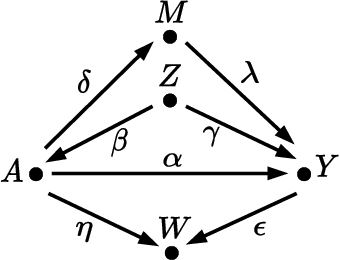

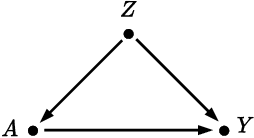
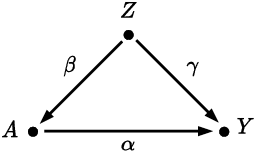
Abstract:Accurately measuring discrimination in machine learning-based automated decision systems is required to address the vital issue of fairness between subpopulations and/or individuals. Any bias in measuring discrimination can lead to either amplification or underestimation of the true value of discrimination. This paper focuses on a class of bias originating in the way training data is generated and/or collected. We call such class causal biases and use tools from the field of causality to formally define and analyze such biases. Four sources of bias are considered, namely, confounding, selection, measurement, and interaction. The main contribution of this paper is to provide, for each source of bias, a closed-form expression in terms of the model parameters. This makes it possible to analyze the behavior of each source of bias, in particular, in which cases they are absent and in which other cases they are maximized. We hope that the provided characterizations help the community better understand the sources of bias in machine learning applications.
Shedding light on underrepresentation and Sampling Bias in machine learning
Jun 08, 2023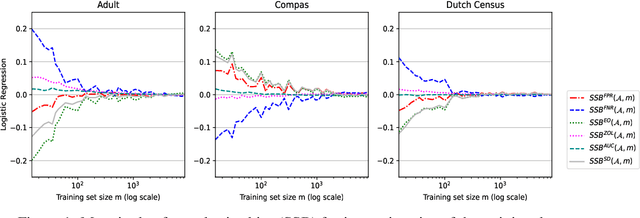

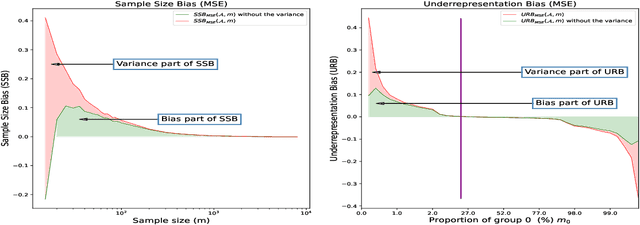

Abstract:Accurately measuring discrimination is crucial to faithfully assessing fairness of trained machine learning (ML) models. Any bias in measuring discrimination leads to either amplification or underestimation of the existing disparity. Several sources of bias exist and it is assumed that bias resulting from machine learning is born equally by different groups (e.g. females vs males, whites vs blacks, etc.). If, however, bias is born differently by different groups, it may exacerbate discrimination against specific sub-populations. Sampling bias, is inconsistently used in the literature to describe bias due to the sampling procedure. In this paper, we attempt to disambiguate this term by introducing clearly defined variants of sampling bias, namely, sample size bias (SSB) and underrepresentation bias (URB). We show also how discrimination can be decomposed into variance, bias, and noise. Finally, we challenge the commonly accepted mitigation approach that discrimination can be addressed by collecting more samples of the underrepresented group.
On the Need and Applicability of Causality for Fair Machine Learning
Jul 08, 2022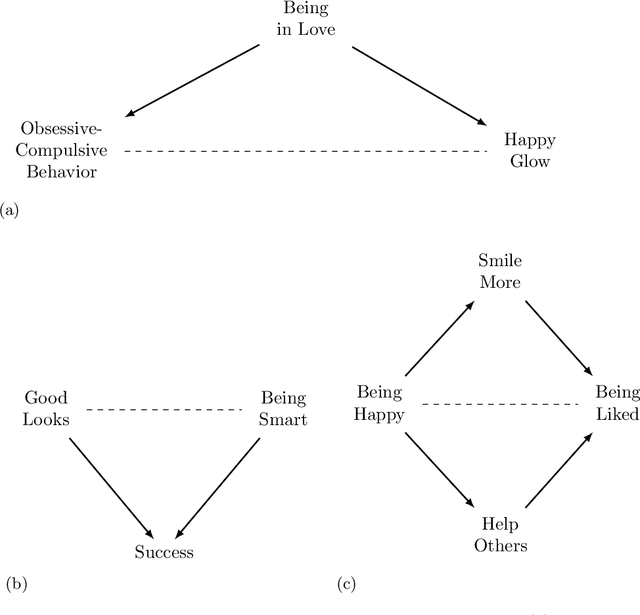
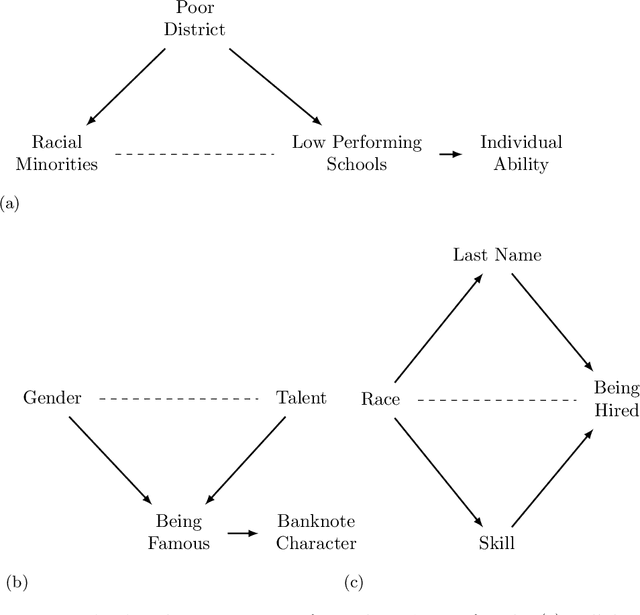
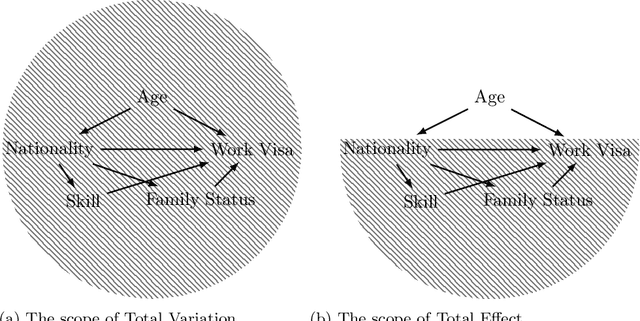
Abstract:Causal reasoning has an indispensable role in how humans make sense of the world and come to decisions in everyday life. While $20th$ century science was reserved from making causal claims as too strong and not achievable, the $21st$ century is marked by the return of causality encouraged by the mathematization of causal notions and the introduction of the non-deterministic concept of cause~\cite{illari2011look}. Besides its common use cases in epidemiology, political, and social sciences, causality turns out to be crucial in evaluating the fairness of automated decisions, both in a legal and everyday sense. We provide arguments and examples of why causality is particularly important for fairness evaluation. In particular, we point out the social impact of non-causal predictions and the legal anti-discrimination process that relies on causal claims. We conclude with a discussion about the challenges and limitations of applying causality in practical scenarios as well as possible solutions.
 Add to Chrome
Add to Chrome Add to Firefox
Add to Firefox Add to Edge
Add to Edge